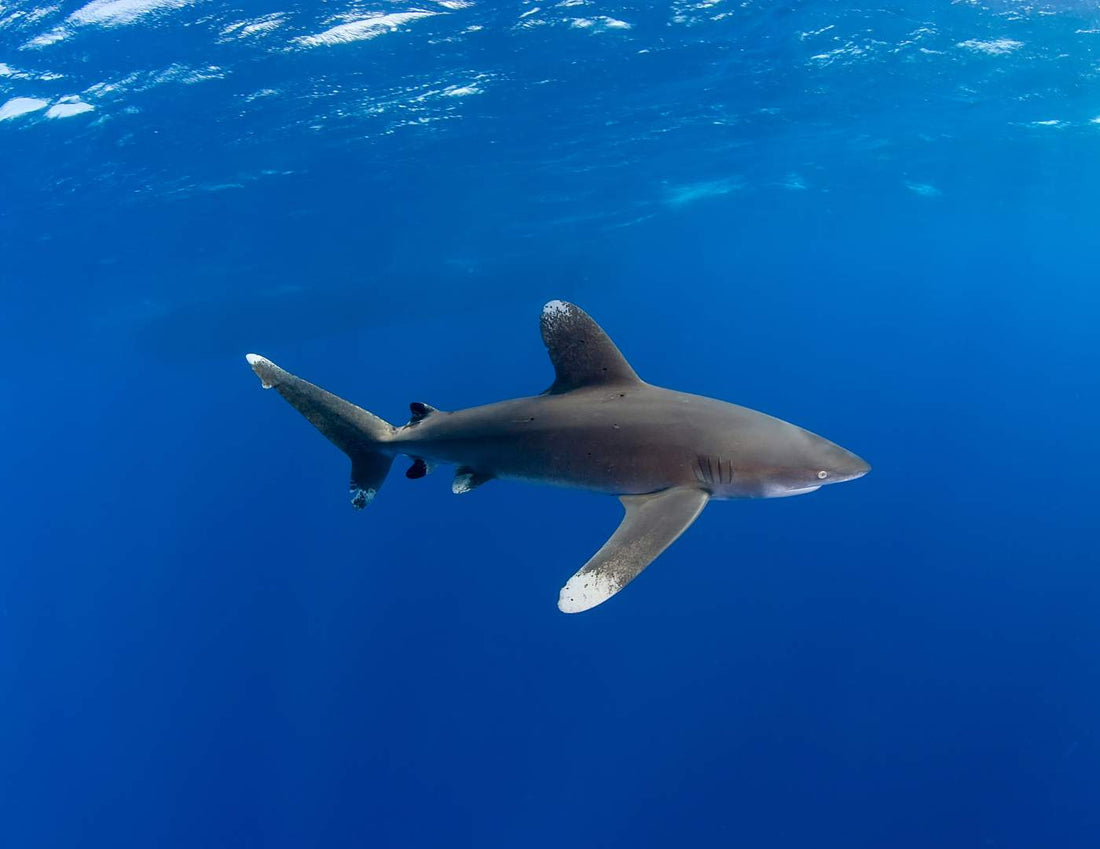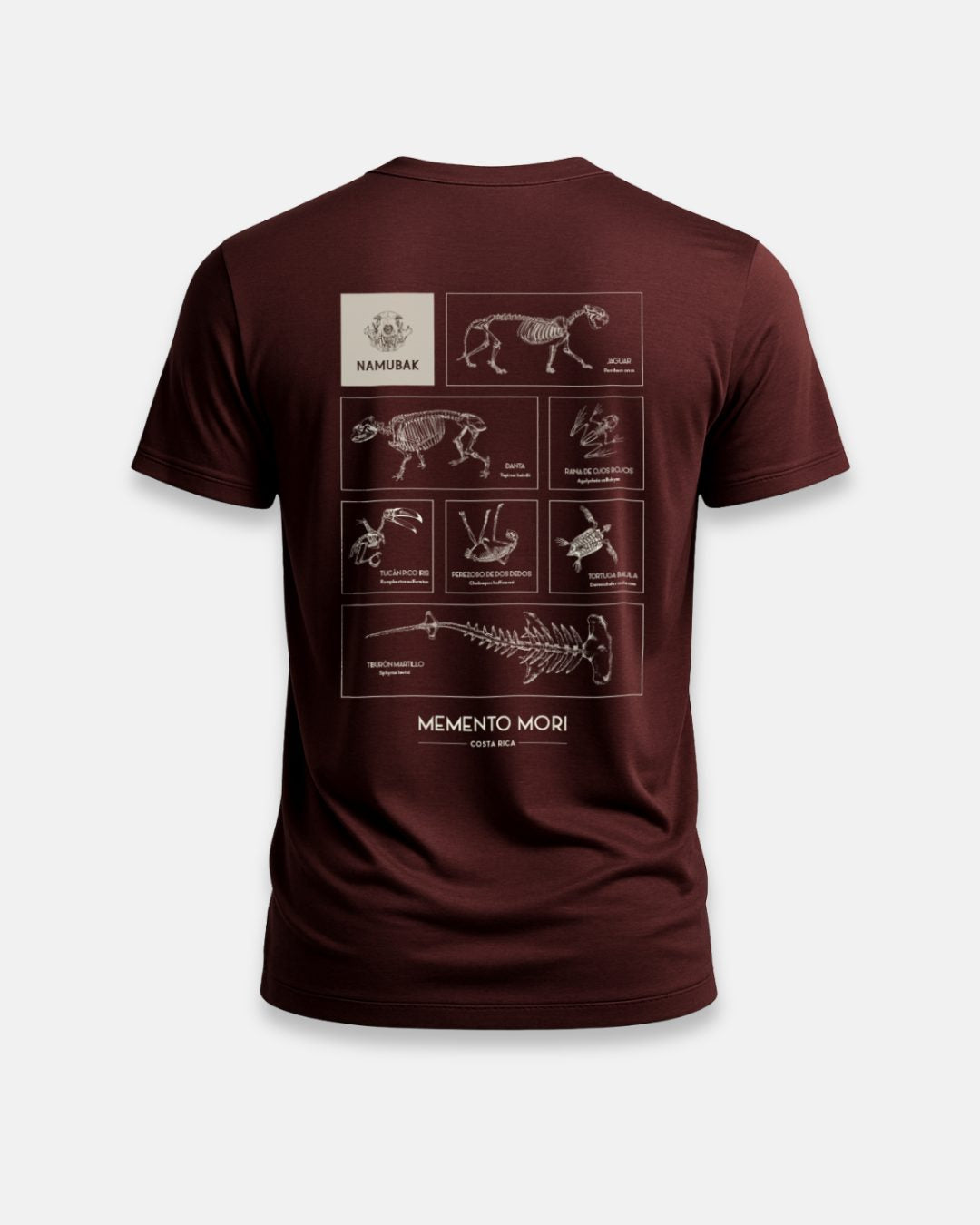
Coco's Island Costa Rica: A Natural Treasure
BY NAMUBAKShare
Cocos Island , located in the Pacific Ocean about 535 km off the coast of Costa Rica, is a true natural paradise. Recognized as a World Heritage Site by UNESCO in 1997 and as a Wetland of International Importance by the Ramsar Convention in 1998 , this island stands out for its unique biodiversity and its crucial role in global marine conservation. 
Orange toadfish camouflaged among the rocks on Cocos Island, an example of its incredible biodiversity.
History and Significance of Cocos Island National Park (PNIC)
Created in 1978, Cocos Island National Park protects a total of 209,506 hectares, of which 207,159 are marine. Its main objective is to preserve the natural state of the island and its ecosystems. It also significantly expands Costa Rica's Exclusive Economic Zone into the Eastern Tropical Pacific.

International recognition:
- Natural Heritage of Humanity – UNESCO (1997)
- Ramsar Wetland (1998)
- Historical-Architectural Heritage of Costa Rica (2002)
- Global Ocean Refuge – Blue Park
Unique Biodiversity and Endemic Species
Cocos Island is a true biodiversity sanctuary, notable for its wealth of endemic species, those that only exist here:
- 235 plant species, 70 of which are endemic
- 362 species of insects, 64 of them exclusive
- 150 bird species, including four endemic ones such as the flycatcher, the cuckoo, and the Cocos Island finch
- More than 250 species of fish and 17 types of corals
- 45 endemic marine species, representing 50% of Costa Rica's marine endemism
- This ecosystem is home to hammerhead sharks, whitetip sharks, manta rays, tuna, parrotfish, crustaceans, and mollusks. The biodiversity on this island can be up to 15 times greater than that of the mainland.

The uniqueness of endemic species lies in their vulnerability: by inhabiting only a specific area, such as Cocos Island, they are more exposed to environmental threats. Their protection is crucial for global marine conservation.
The Role of the Cocos Marine Conservation Area (CMCA)
The Cocos Marine Conservation Area (CMCA) is part of the SINAC (National System of Conservation Areas) and its mission is to conserve the natural resources of the PNIC and its surrounding waters.
Key areas:
- Cocos Island National Park
- Marine Seamount Management Area (since 2011)
Diving on Cocos Island: An Unparalleled Experience
Located 550 km off the Pacific coast of Costa Rica, Cocos Island is considered one of the world's best diving destinations.
Main diving spots:
- Alcyone Bass : schools of hammerhead sharks, eagle rays, barracudas
- Manuelita Deep : hammerhead and tiger sharks, turtles, rays
- Two Friends : large schools of hammerhead sharks
- Punta María : sharks, reefs, tropical fish
- Viking Rock : depth up to 60 m, ideal for experts
Featured species:
- Hammerhead and tiger sharks
- Manta rays
- Dolphins and whales
- Sea turtles
- Eagle rays
- Pelagic and tropical fish
Coral Reefs: Importance and Conservation
The reefs of the PNIC are essential to the biodiversity of the Eastern Pacific. They are home to unique species such as Pavona xarifae and Leptoseris scabra .
Key Benefits:
- They host 25% of marine life at some stage
- They support complete food webs
- They are resting and cleaning points for pelagic species.
Threats:
- Bleaching : In 1982-1983, 96.5% of the coral was lost
- Climate change and overfishing
Despite these threats, the reefs have shown resilience and have recovered thanks to the park's protection.
An Ecosystem Under Research
Since the 1980s, researchers such as Dr. Jorge Cortés have documented coral recovery and the abundance of species such as Panulirus lobsters and the sea cucumber Isostichopus fuscus .
Sixteen percent of the island's reef fish are threatened, underscoring the urgency of protecting these ecosystems.

Marine Connectivity
Cocos Island's strategic location facilitates the dispersal of larvae, nutrients, and species across the Pacific, helping to regenerate other marine ecosystems.
Frequently Asked Questions
Where is?
In the Pacific Ocean, 532 km off the coast of Costa Rica.
Which province does it belong to?
Puntarenas.
How many nautical miles separate it from the continent?
Approximately 290 nautical miles.
How to get there?
Only by organized boat trip from Puntarenas (8 to 10 days).
Fun Facts
- Jurassic Park inspiration : Michael Crichton was inspired by this island.
- Pirate Haven : William Thompson's treasure is rumored to be buried there.
Our Commitment from Namubak
At Namubak, our commitment transcends fashion. We are allies of nature and defenders of unique places like Cocos Island. Every sustainable garment we create is a declaration of love for the planet.
We combine ethical fashion, environmental education, and ecotourism experiences to empower our community. We believe that protecting what inspires us is the first step toward a more just and green future.
Discover Cocos Island. Protect what inspires you.

